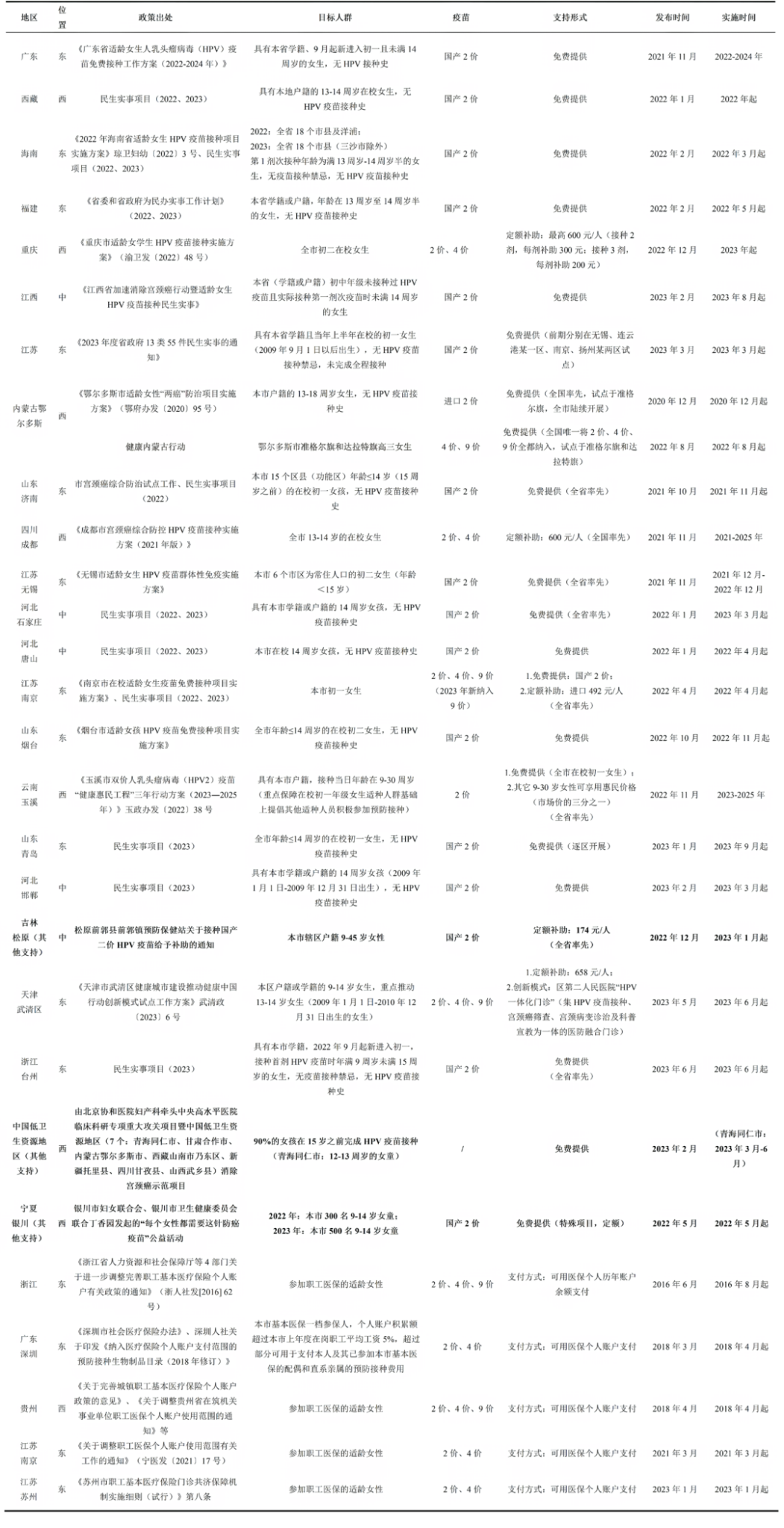Journal Content Recommendation
01
Socioeconomic inequalities in vaccine uptake: A global umbrella review
PLOS ONE published a new global umbrella review synthesizing the “evidence of socioeconomic inequalities in the uptake of routine vaccinations and identifying the mechanisms that may contribute to the association.” The study discovered that the research results focusing on high-income countries were fairly mixed than those of low-and-middle-income countries. The two most often mentioned processes, which the review authors frequently interpreted as variations in educational achievement, were “vaccination knowledge, and confidence in vaccination or vaccination providers”. The review indicates that routine vaccination varies depending on socioeconomic position, but the association does not vary along the socioeconomic status gradient. Similarly, education may have a global impact on vaccination, but the effect varies depending on the country.
https://doi.org/10.1371/journal.pone.0294688
02
13-Valent pneumococcal conjugate vaccines vaccination innovative strategy in Weifang City, China: a case study
The 13-valent pneumococcal conjugate vaccine (PCV13) has not been included in China’s national immunization program. Within the framework of the Healthy Weifang Action Program, Weifang City will implement an innovative program on June 1, 2021, providing a free dose of the PCV13 to children aged 6 months to 2 years old with a registered permanent residency in Weifang City. Starting from 2023, the program adopted a commercial insurance model with one dose of PCV13 free of charge for all children over 2 years old. This is the first innovative strategy in mainland China and is a proactive pilot of the non-immunization program vaccination method, resulting in Weifang’s PCV13 full vaccination rate increasing from 0.67% to 6.59%. The authors recommend that Weifang City “continue to implement this strategy and explore appropriate financing channels”, as well as strengthening PCV13-related health knowledge and awareness among children’s parents; and establishing a monitor system for pneumococcal disease and vaccine implementation.
https://doi.org/10.1186/s40249-023-01165-1
03
Adding new childhood vaccines to China’s National Immunization Program: evidence, benefits, and priorities
On November 22, Dr.Hai Fang and team from the Peking University’s China Health Development Research Center published the latest research results online in The Lancet Public Health, evaluating the evidence, benefits and priorities of including four non-immunization vaccines in China’s National Immunization Program (NIP), namely PCV13, rotavirus vaccine, b Haemophilus influenzae type b (Hib) vaccine, and varicella vaccine, into China’s national immunization program in terms of evidence, benefits, and priorities. This report points out how China has the lowest and most inequitable vaccination rate for the PCV13 vaccine, and should be given the highest priority for inclusion in the national immunization program. The study highlights that more associated cases and deaths can be effectively prevented by increasing the types of vaccinations included in the immunization program, consequently raising the vaccination rate, and providing crucial suggestions for the development of China’s immunization program policy.
https://doi.org/10.1016/S2468-2667(23)00248-7
Global/National Policy Updates
04
Vaccination work specifications (2023 version) released
The General Department of the National Administration of Disease Prevention and Control (NADPC) and the General Office of the National Health Commission (NHC) issued the Code of Practice for Vaccination (2023 Edition): To implement the relevant requirements of the “Vaccine Administration Law of the People’s Republic of China”; as such of reinforcing the standardized administration of vaccination, and improving the quality of vaccination services, the NADPC and the NHC has organized a revision of the Code of Practice for Vaccination (2016 Edition), forming the Code of Practice for Preventive Vaccination (2023 Edition).
https://www.gov.cn/zhengce/zhengceku/202312/content_6920274.htm
05
Inactivated Polio Vaccine: ACIP Recommends Primary Series for All Adults
On June 21, 2023, the U.S. Centers for Disease Control and Prevention’s Advisory Committee on Immunization Practices (ACIP) recommends that all adults complete primary series vaccination with the inactivated polio vaccine (IPV). According to the ACIP, adults known or suspected to be unvaccinated or incompletely vaccinated against polio should complete a primary IPV series for protection against paralytic polio, even if they are not at risk for exposure. The second dose of the primary series should be administered 4 to 8 weeks after receipt of the first dose. On December 8, ACIP released a report summarizing the evidence considered for the recommendation, along with providing clinical guidance on IPV vaccination for adults.
https://doi.org/10.15585/mmwr.mm7249a3
06
Gavi expands portfolio, introduces new vaccine programmes to save more lives and support child health
Beginning on December 4, 2023, countries that qualify for Gavi support can apply to the introduction of “diphtheria, tetanus, and pertussis (DTP)-containing vaccine boosters (DTP boosters) – as well as to switch to hexavalent vaccine – a six-in-one vaccine that combines the pentavalent vaccine (diphtheria, tetanus, whole-cell pertussis [DTwP], hepatitis B and Haemophilus influenzae type b) with inactivated polio vaccine (IPV)”, in a six-in-one combination vaccine. With the help of the new program, countries will be able to protect more children against common diseases, better utilize public health resources, and expand the coverage of the healthcare system.
https://www.gavi.org/news/media-room/gavi-expands-portfolio-introduces-new-vaccine-programmes
Content Editor: Linjing(Grace) Zhang
Page Editor: Ziqi Liu





